X Email Mobile
| Number | Unit-price | Total | |||
| I want to buy: | × | 28.0 | = | 0 |
A new item has been added to your Shopping Cart. You now have items in your Shopping Cart.
Huangyan Taizhou Shun Bei craft gift factory 14yr.
Main Products:Craft Gift
Contacts:yangChat
Mobile:86-15268611229
E-mail: WeChat:13676818598
Address:6088 A, 2 Street, 3 F, 1 Gate, International Trade Mart (District 1).
Single color box size: 59*22.5*7.5
Single box weight: 540g











Free shipping is not available for the following areas: Qinghai, Ningxia, Xinjiang, Tibet, Hainan, Inner Mongolia, Taiwan, and Hong Kong.
【Name】Wooden Toy Guitar for Children
【Size】23 inches
【Packing】Then put it into an OPP bag and then into a color box.
【Material】Wooden/Environmental Paint/Steel Wire Strings The American wooden guitar has passed the European CE safety certification. It is made of high-quality solid wood and natural environmental paint, and the production process meets international standards. There is absolutely no irritating smell and sharp edges on the surface, so babies can play safely!
Training babies' hearing and rhythm sense, this is an invaluable early education music toy! The children's guitar, although it cannot produce very standard tones, is 100% safe and does not hurt the baby's hands! Guitar usage method: there are 6 screws on the back of the upper end of the guitar. First, tighten the string to adjust the string, and then tighten the fixed with a cross screwdriver, and it can be used normally!
The ancestor of the guitar can be traced back to the ancient Egyptian Nefer, various ancient plucked instruments of Babylon and ancient Persia from about 2,000 to 3,000 years ago. The oldest instrument similar to the modern guitar found by archaeologists is the "Hittite guitar" from the ancient Hittites who lived in northern Asia Minor and Syria about 1,400 years before Christ. The 8-shaped concave body of the guitar determines the unique sound resonance and characteristics of the guitar, which also becomes the most significant feature of the guitar compared to other plucked instruments.
In the thirteenth century Spain, the word "guitar" derived from Persian gradually evolved into the Spanish language has already formed. Among the numerous instruments at that time, there have already appeared "Moore guitar" and "Latin guitar". The body of the Moore guitar is oval with a bulging back, using metal strings, and the performance style is rough; the Latin guitar has a flat structure similar to the modern guitar in the shape of an "8", using intestinal strings, with a elegant style.
The Renaissance period was the zenith of the guitar. In the 16th century, the four-course guitar and its close relative, the bandura, which is played with fingers, reached a high level in both performance and composition. The guitar and bandura were not only beloved by the people but also often court instruments. At that time, guitar and bandura masters such as Milan, Naranja, Mudarra, and in the Baroque guitar era of the 17th century, masters such as Sanz, Colbert, and Vise, who played five-course guitars. Many of their works are still immortal treasures in modern classical guitar repertoire. At that time, the notation methods for instruments such as the guitar and bandura were not the current staff notation, but used horizontal lines to represent each string, with numbers or letters indicating the pitch and fingering, similar to the diagrammatic notation used in the six-string tablature of the modern folk guitar.
At that time, the works of famous lute players such as Rutti and Weiss, among others, were adapted by later generations and occupy an important position in today's classical guitar repertoire. The immortal works of great Baroque music master Bach, such as the cello and violin suites, sonatas, and their guitar arrangements, have an immortal value in the classical guitar repertoire. In the late 18th century, the lute and the viola da gamba gradually retired from the historical stage, and the five-string and later six-string guitars also gradually completed their historical missions. Around 1800, the brand new six-string guitar, with its clear harmony and easy tuning, quickly gained almost the whole of Europe's favor, and the golden age of classical guitar finally arrived.
In the early 19th century, the most famous "
Many outstanding works for the guitar have become classics of guitar music in the 19th century. The guitar's flourishing development and unprecedented brilliance in the 20th century are largely due to the in-depth research and innovation in various aspects, including the production, instrument performance, playing techniques, and repertoire, by the "Father of Modern Guitar" Torres. Torres and his teacher Alcásser have always been committed to collaborating with guitar makers, and eventually produced a modern classical guitar with a larger body, increased volume, and significantly improved instrument performance.
The guitar has become as widely loved and esteemed as the piano and violin, gaining popularity around the world. It has also attracted many professional composers to write a vast amount of high-quality musical compositions for the guitar.


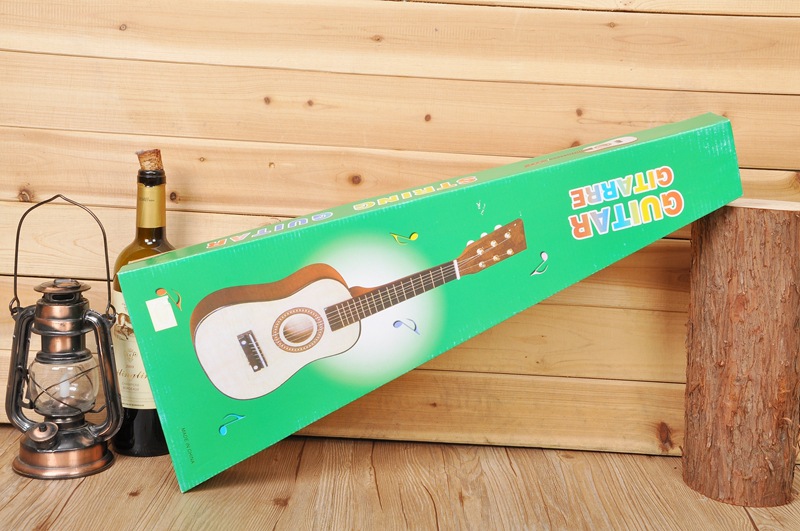






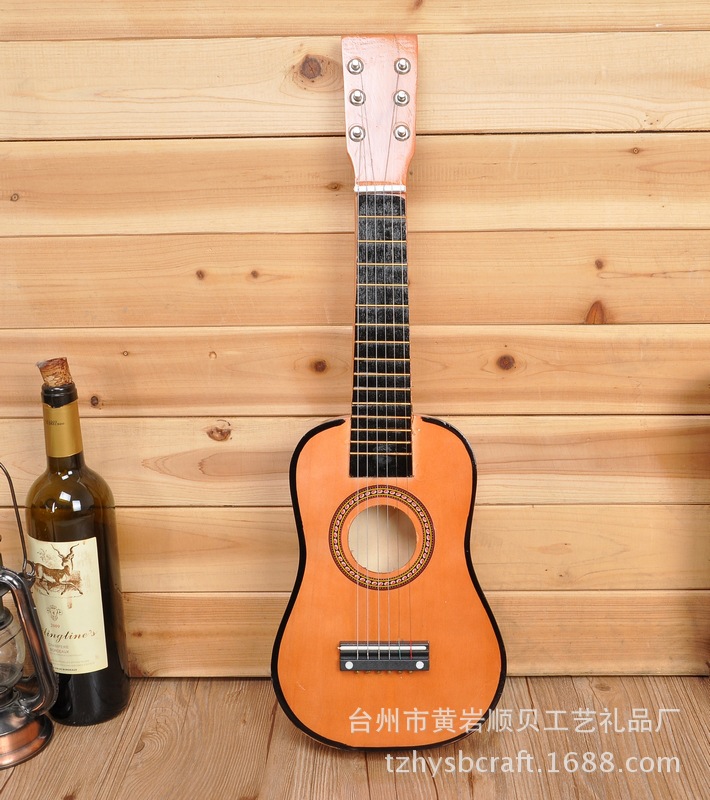





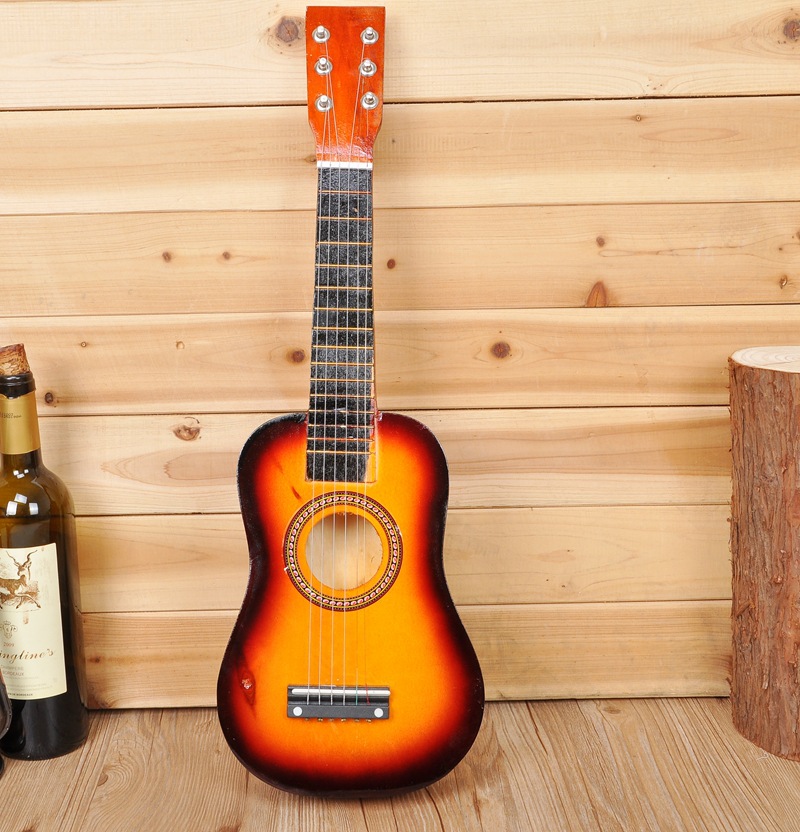
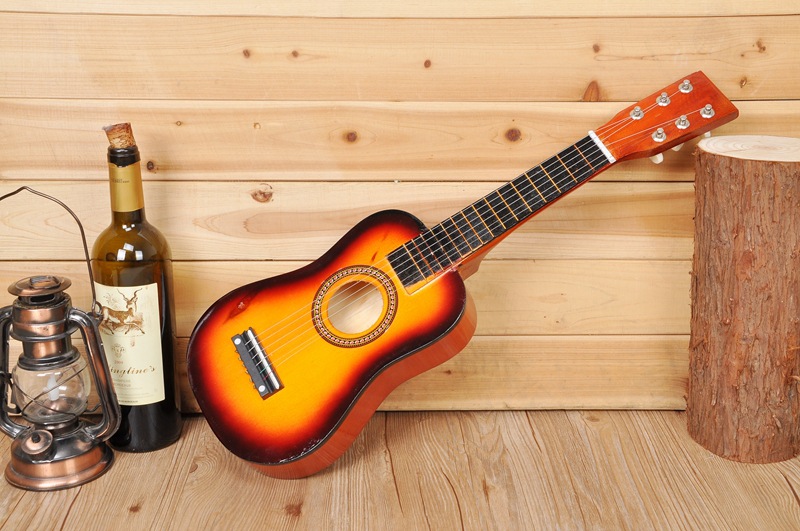

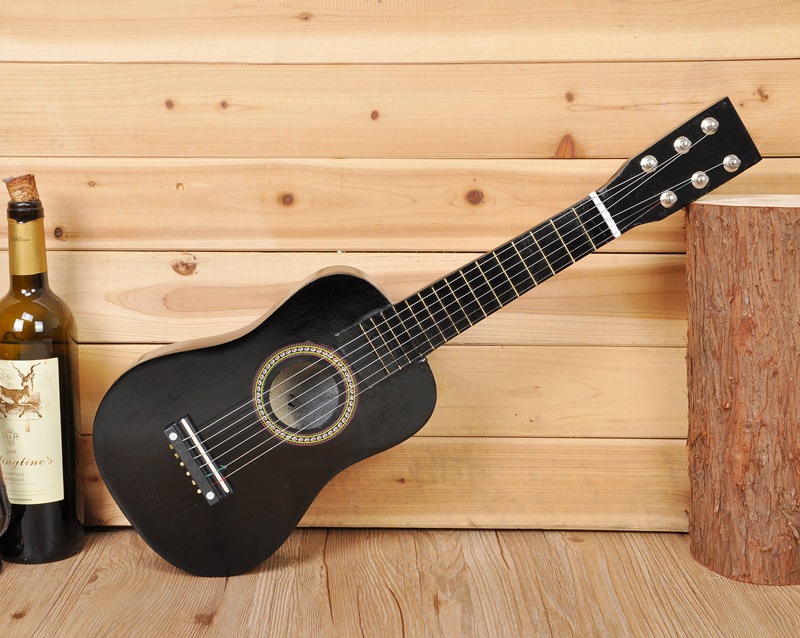
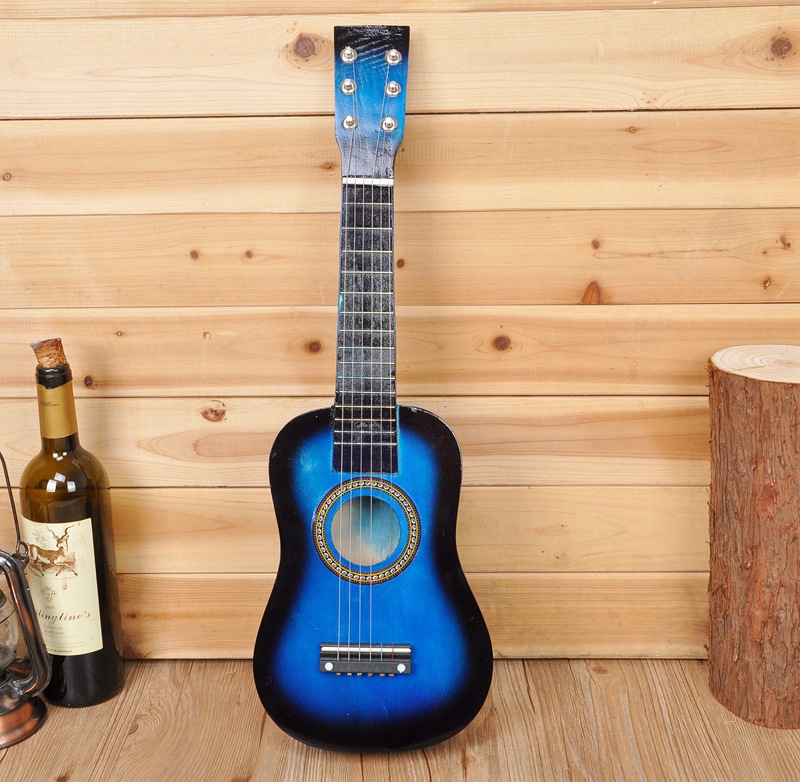





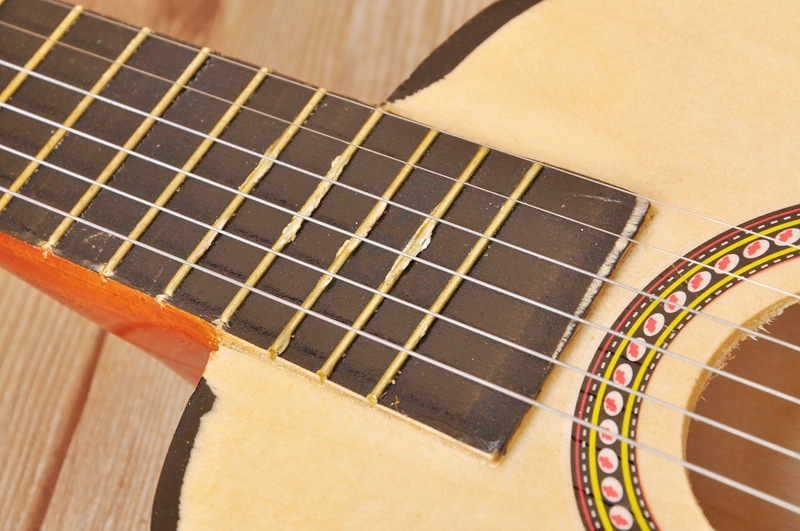
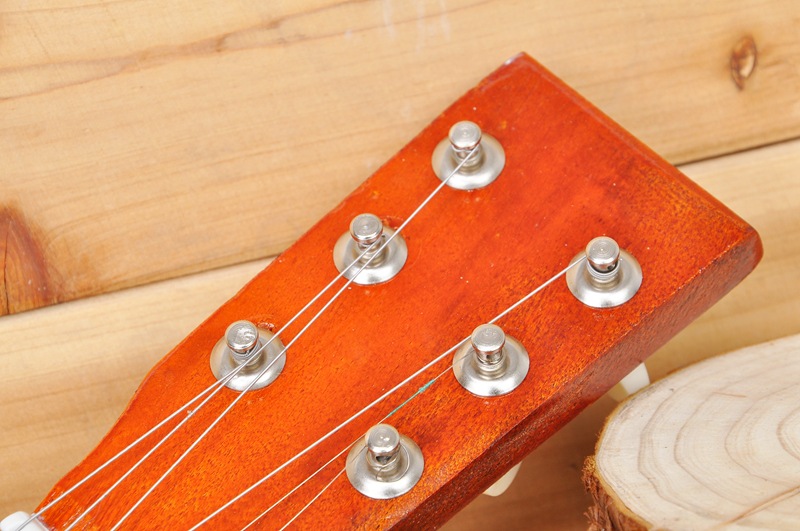
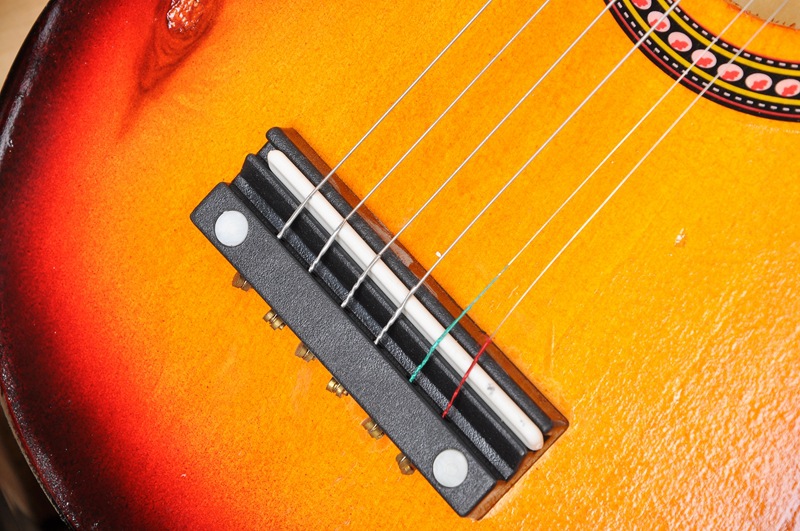


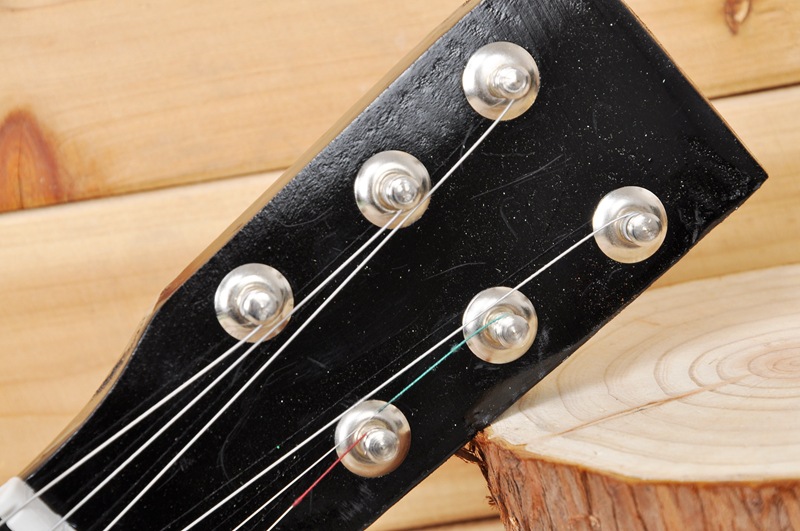



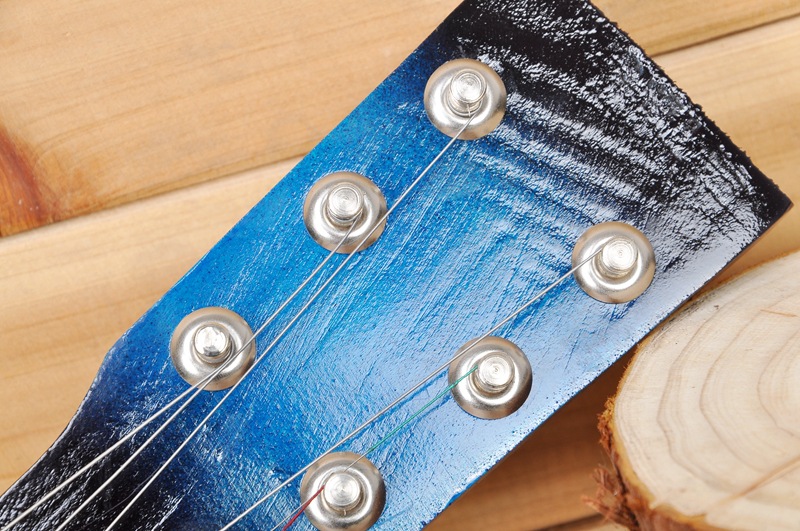



![]()







































































==================================================================================================================================================================
Update time:
TOP